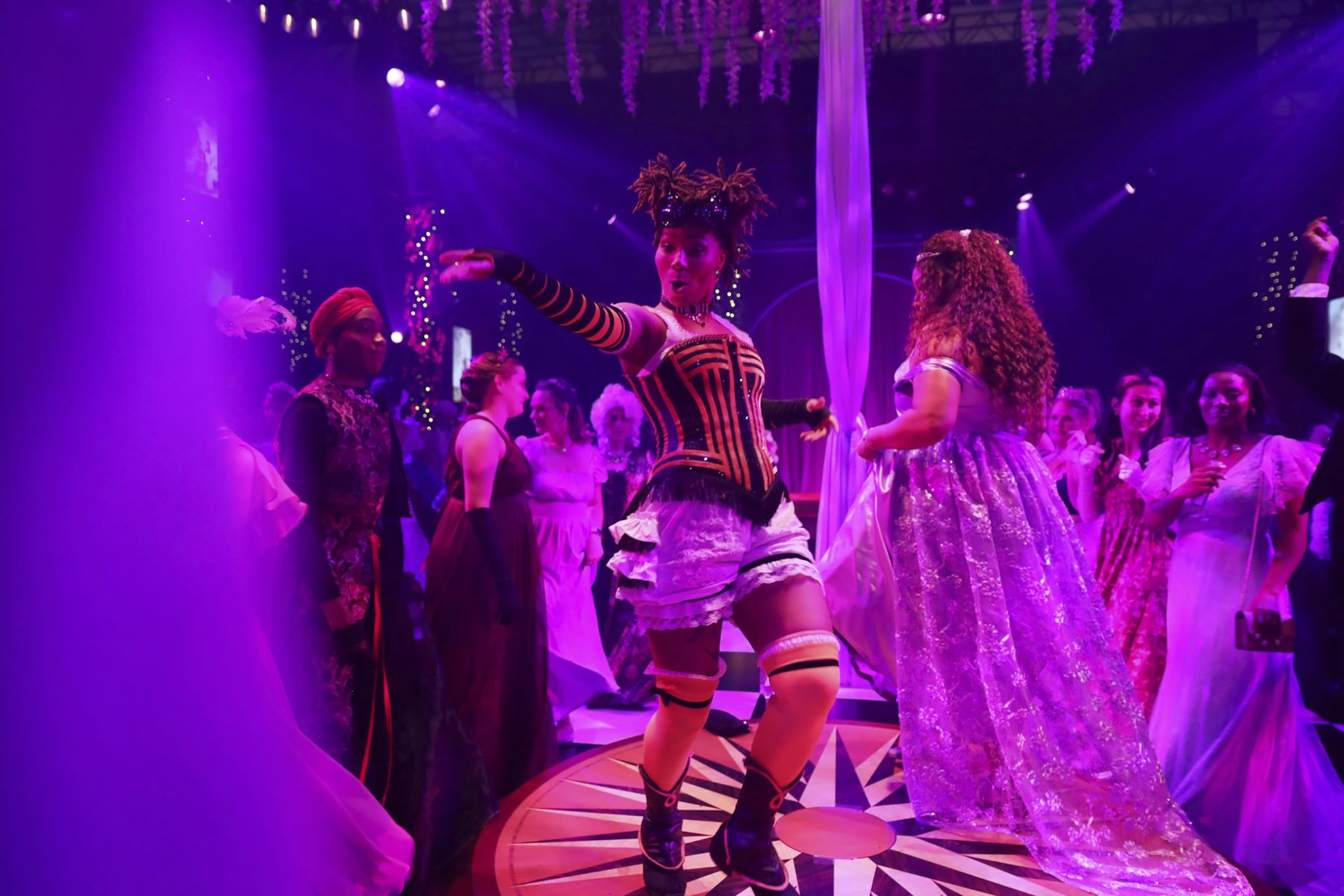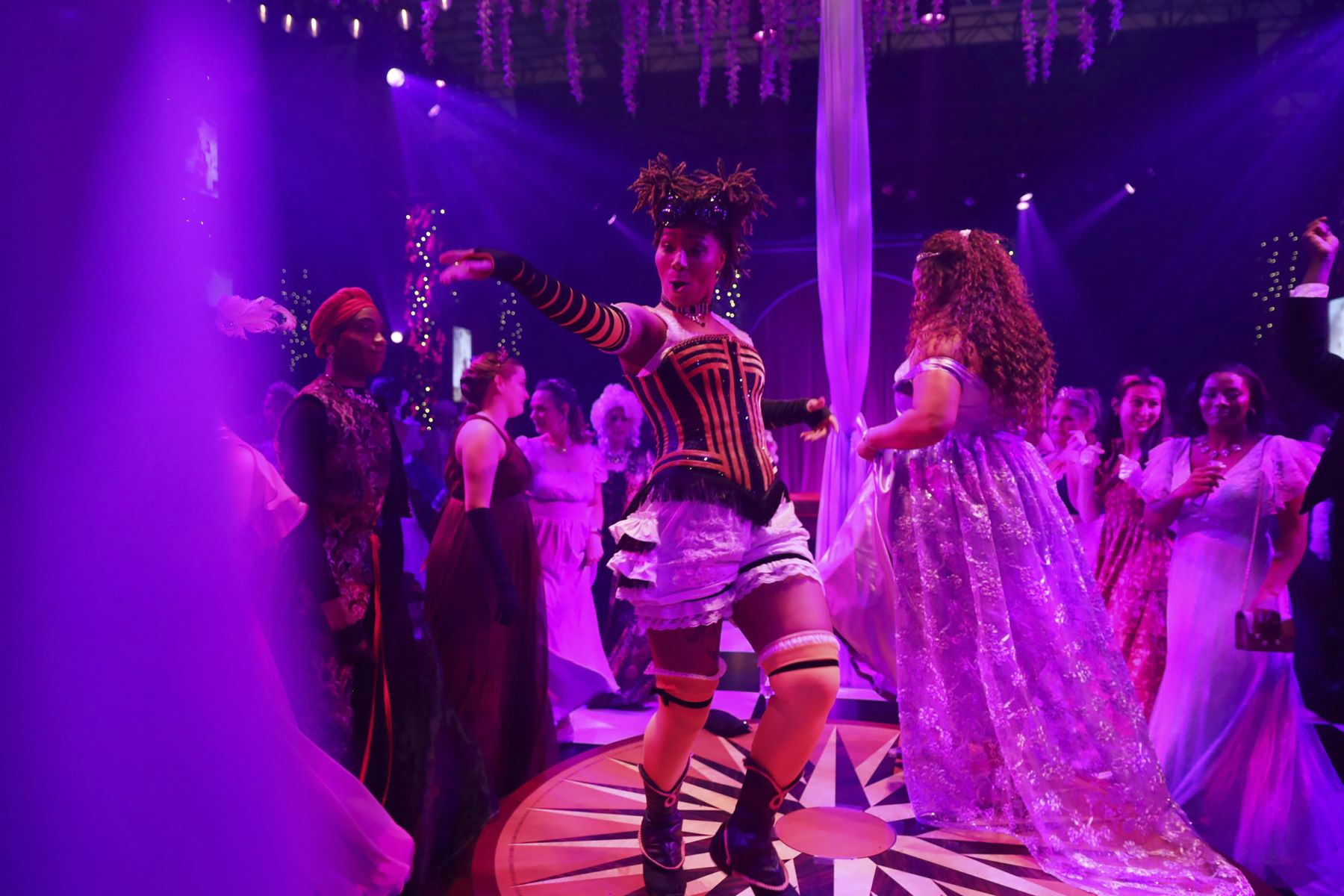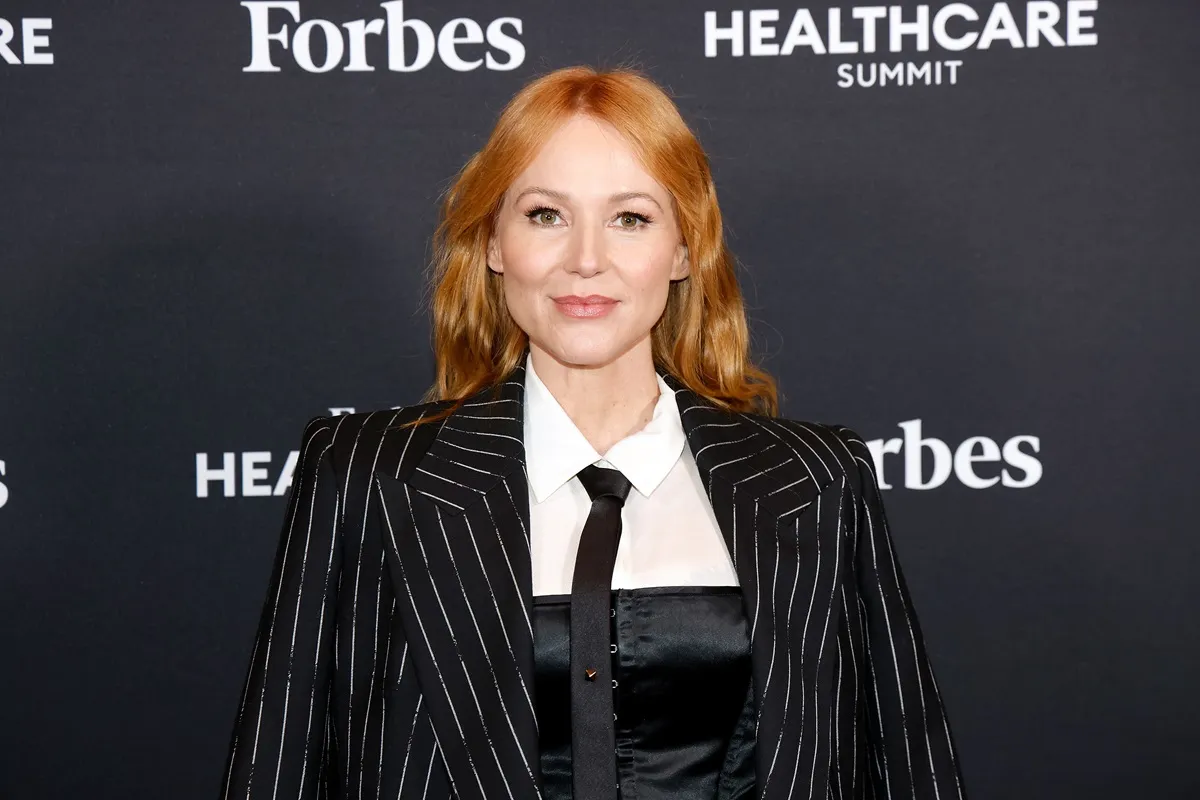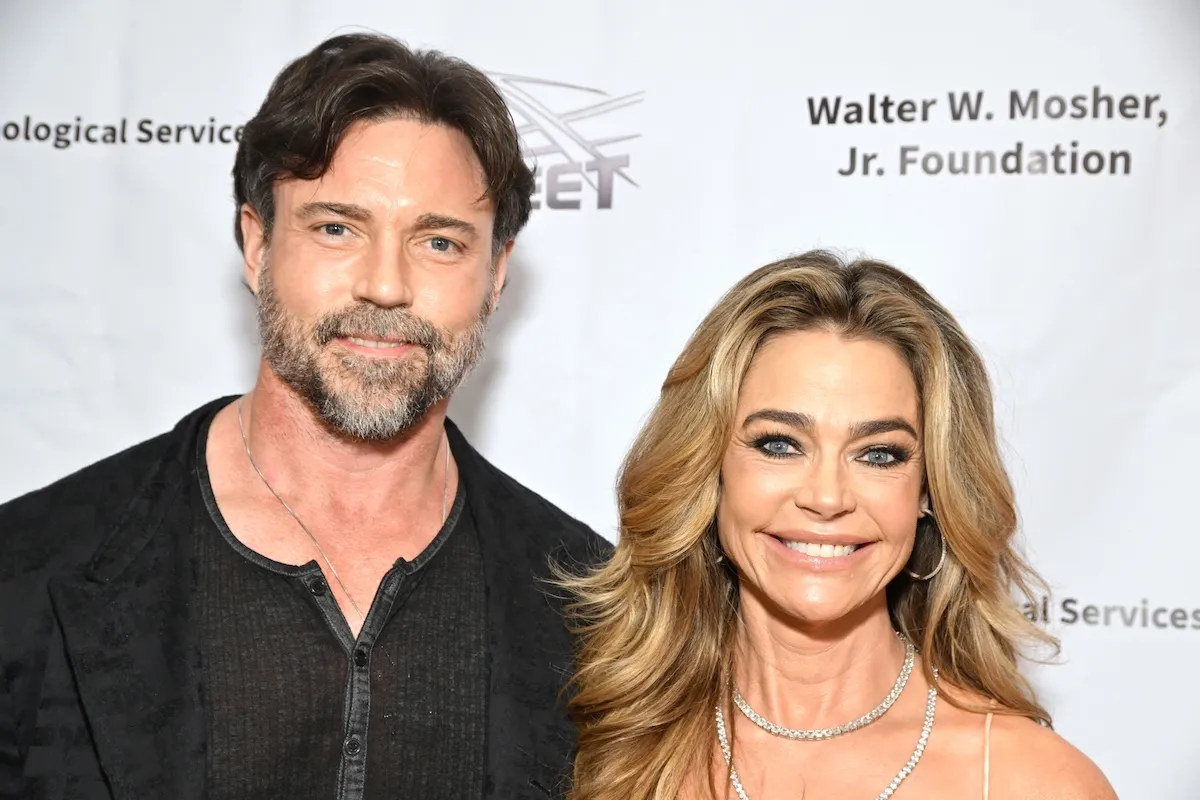
‘Bridgerton’ Season 1: Why Dancers in 1 Scene Wore Historically Inaccurate Chokers
Bridgerton has a wide range of clothing options. The crew has crafted over 7,500 costume pieces, and most reflect the high society in Regency-era London. While clothing like bonnets and muslin dresses are not in the series, chokers make an appearance.
In one Season 1 episode, viewers see people wearing black chokers at a ball. Fans familiar with the era may recognize the error with the costume pieces. Many people back then typically did not wear black chokers.
How accurate is ‘Bridgerton’ to the 1800s?
Since Bridgerton is a period piece, many people have been curious whether the series is historically accurate. The show got several things correct, such as the focus on marriage. The young characters would enter society during the social season once they reach marriageable age.
Protagonists like Daphne feel pressure to find a spouse. Nonetheless, the people during the Regency era also favored a physical and emotional connection. The series depicts this aspect of romances of the period, but it missed the mark with other small details.
Some incorrect details have to do with etiquette during the Regency era. Back then, the English nobility placed importance on mannerisms and being formal. For instance, a gentleman would stand whenever a lady approached a table.
However, the Netflix drama does not include some of the day-to-day etiquette. Many characters have private interactions despite being unmarried, which was inappropriate historically. Other inaccurate customs involve some wardrobe choices.
The dancers wearing black chokers is inaccurate

In the fourth episode of Season 1, the characters attend an elaborate ball that features dancers and risqué music. Many of the attendees wear black chokers instead of necklaces. The difference is that a choker fits snugly around the neck while a necklace hangs lower.
While chokers have been around for centuries, their appearance in the ballroom scene is historically inaccurate. According to The Atlantic, society associated back-ribboned chokers with prostitutes after the French revolution and until the mid-1800s. Since Bridgerton takes place in the early-1800s, the women there likely would not have worn the accessory.
Despite the inaccuracy, the showrunners had a reason to depict attendees with simple black chokers. Costume designer Ellen Mirojnick spoke to Insider about the decision to have the accessory. The reason is that the ball in the episode is less proper compared to other ones.
“That ball was so specific. not relating to any other ball and it was a very eccentric ball, so what that allowed was the freedom to try many different things,” Mirojnick explained. The event is supposed to have a scandalous tone since it has a forbidden affair in the garden.
The importance of other jewelry pieces in ‘Bridgerton’
The costume department for Bridgerton chose other pieces of jewelry with specific purposes in mind. For example, many accessories that Penelope wears have flower or butterfly designs. The jewelry symbolizes how she is younger than most people she knows.
Furthermore, Penelope tends to have understated necklaces. Her jewelry helps her contrast with her more animated sisters and avoid distractions from her facial expressions. While Penelope wears subtle pendants, her friend Eloise usually avoids wearing them.
The lack of jewelry represents Eloise’s disinterest in upper-class London society. Instead, her outfits typically have cravats. She has expressed that she wants to focus on her studies rather than become another debutante. Eloise is the opposite of her sister Daphne.
Daphne often wears necklaces and earrings. However, the jewelry appears simple with small gemstones. The character comes across as elegant and refined, and the pieces reflect these traits. Daphne remains consistent with her style even after becoming a duchess.


